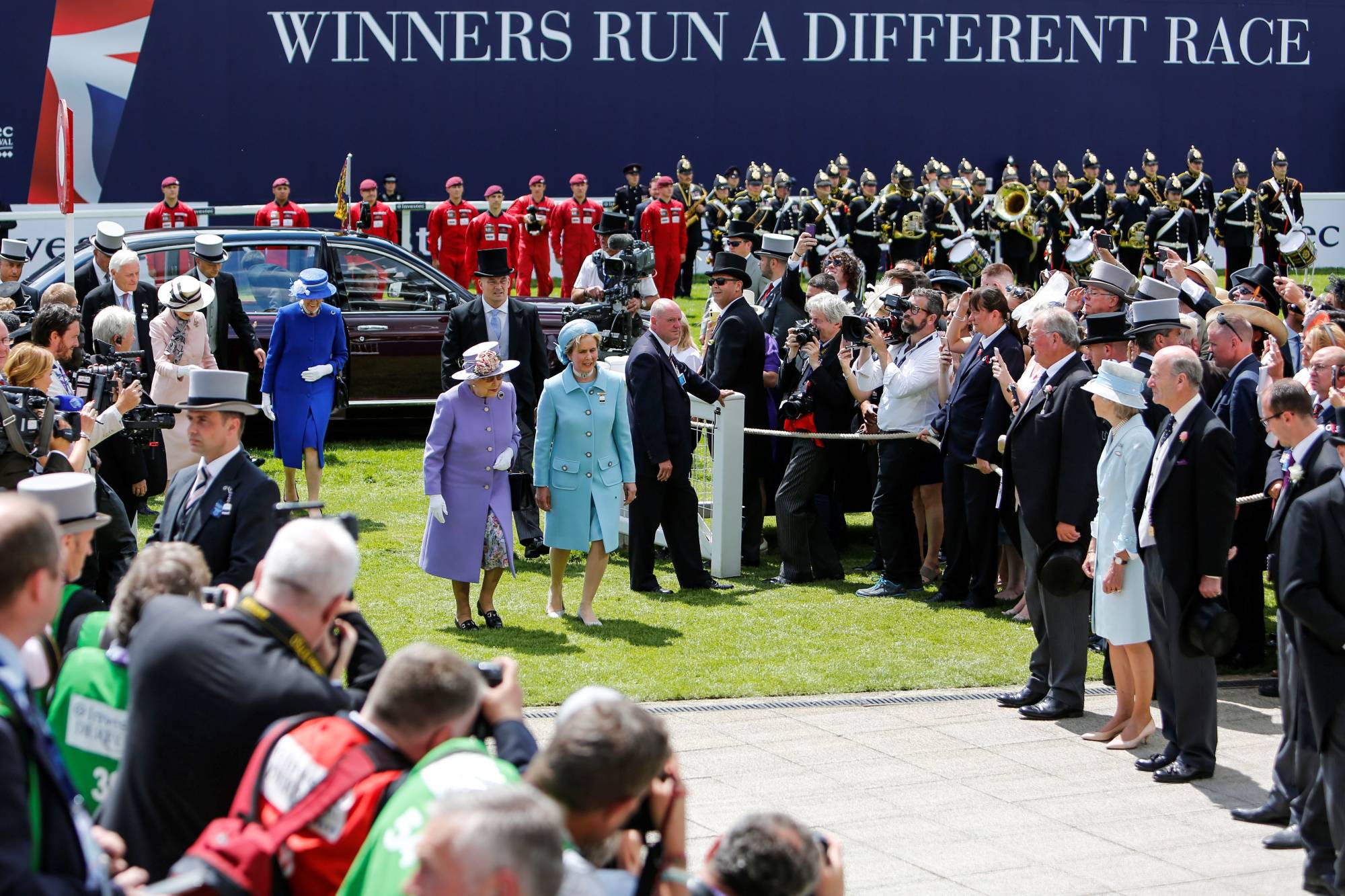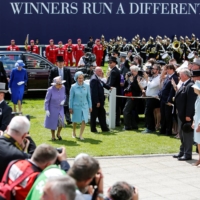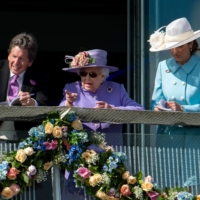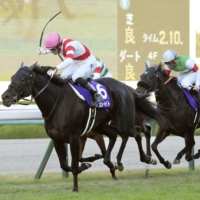With the death of Queen Elizabeth II on Sept. 8, the horse race in Japan that bears her name will take on a deeper meaning this year. Different countries stage their own Queen Elizabeth II Cup races at different times of year, but in Japan the race is traditionally held in November. Although the name of the race was to contain the words “Platinum Jubilee,” out of respect for the late monarch this will no longer be a part of the title.
Going back to 1970, the race was originally known as the Victoria Cup, and was held under that name until 1975. That same year, Queen Elizabeth visited Japan, becoming the first British head of state to do so. As part of the gestures to commemorate her visit, the race became known as the Queen Elizabeth II Commemorative Cup in 1976. The race was originally for 3-year-old fillies only, and run over 2,400 meters at Kyoto Racecourse, being the final leg of three Group 1 races for fillies that included the Oka Sho (Japanese 1000 Guineas) and the Japanese Oaks earlier in the year. The format was changed in 1996, when the Shuka Sho race was introduced exclusively for 3-year-old fillies, thus allowing the Queen Elizabeth Cup to expand to include older fillies and mares. The distance was also shortened to 2,200 meters at that time, and was opened to horses from overseas in 1999.
It also became part of the Japan Autumn International Series, which includes the Japan Cup, in 2008. In 2013 the name of the race simply became the Queen Elizabeth II Cup, and there have been no further changes since.
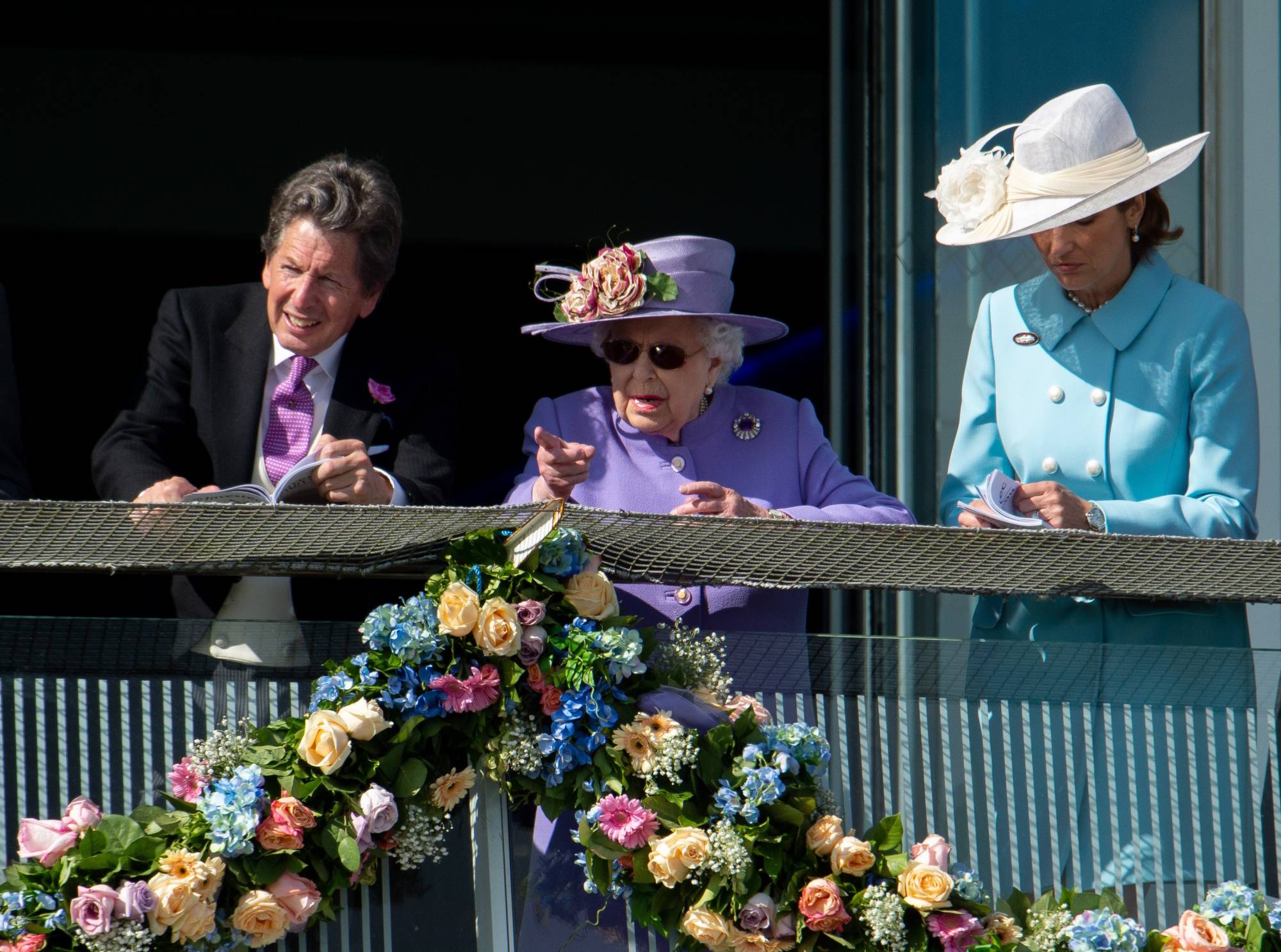
Horse racing and the British royal family have been connected for centuries. For instance, King James I, who became the king of England in 1603, thought the Heath at Newmarket was a very favorable location for racing. In the 18th century, it was Queen Anne who founded Ascot in 1711, paving the way for one of the greatest horse racing events in England — the Royal Ascot, held in June. Queen Elizabeth II had no fewer than 24 Royal Ascot winners in her lifetime.
Over the years, different monarchs have had different levels of interest in horse racing, but there was never any doubt about the queen’s passion for the sport. Just four days after her coronation in 1953, her horse Aureole finished second in the Derby, and it was the closest the queen would ever come to winning the race.
As an owner and breeder, the queen enjoyed notable success with a number of horses. Carrozza, ridden by Lester Piggott, was her first British Classic winner in 1957, winning The Oaks. Highclere won the 1000 Guineas in 1974, and in 1977, the year of her Silver Jubilee, Dunfermline won both The Oaks and St. Leger. It’s with Highclere where there is a Japanese connection. As a broodmare, she became the third dam to one of Japan’s best racehorses, the legendary Deep Impact. It was the latter as a stallion that produced two of the queen’s more recent runners, a filly named Portfolio and a colt called Educator. They were both from the broodmare Diploma, who was also owned and bred by the queen. The former was bred in Japan, while Educator was bred in Britain.
It was in 2010 when a very talented filly named Snow Fairy became the first racehorse from overseas to win the Queen Elizabeth II Cup here in Japan. Although not one of the queen’s horses, the Irish-bred filly was trained in England by Ed Dunlop and ridden by top English jockey Ryan Moore. Incredibly, the horse returned to Japan the following year and won the race again.
At the time, Moore showed his admiration for the horse, saying, “She’s a very talented horse, and it’s great to ride a filly good enough to come here and win. Racing in Japan is getting stronger every year.” Moore is one of a number of top jockeys to have worn the purple and red racing colors of the queen.
This year’s Queen Elizabeth II Cup will be run on Nov. 13 at Hanshin Racecourse, as it was last year, due to the ongoing renovation of Kyoto Racecourse, where it is usually held.
This year’s race looks to be as competitive as ever, with a number of strong horses expected to be in the lineup. Last year’s shock winner Akai Ito is looking for more success in the race, while the champion filly of 2020, Daring Tact, also looks to be a likely runner. Other horses include Geraldina, an impressive winner of the All Comers race recently, and Win Marilyn, a tough mare still looking for her first Group 1 win.
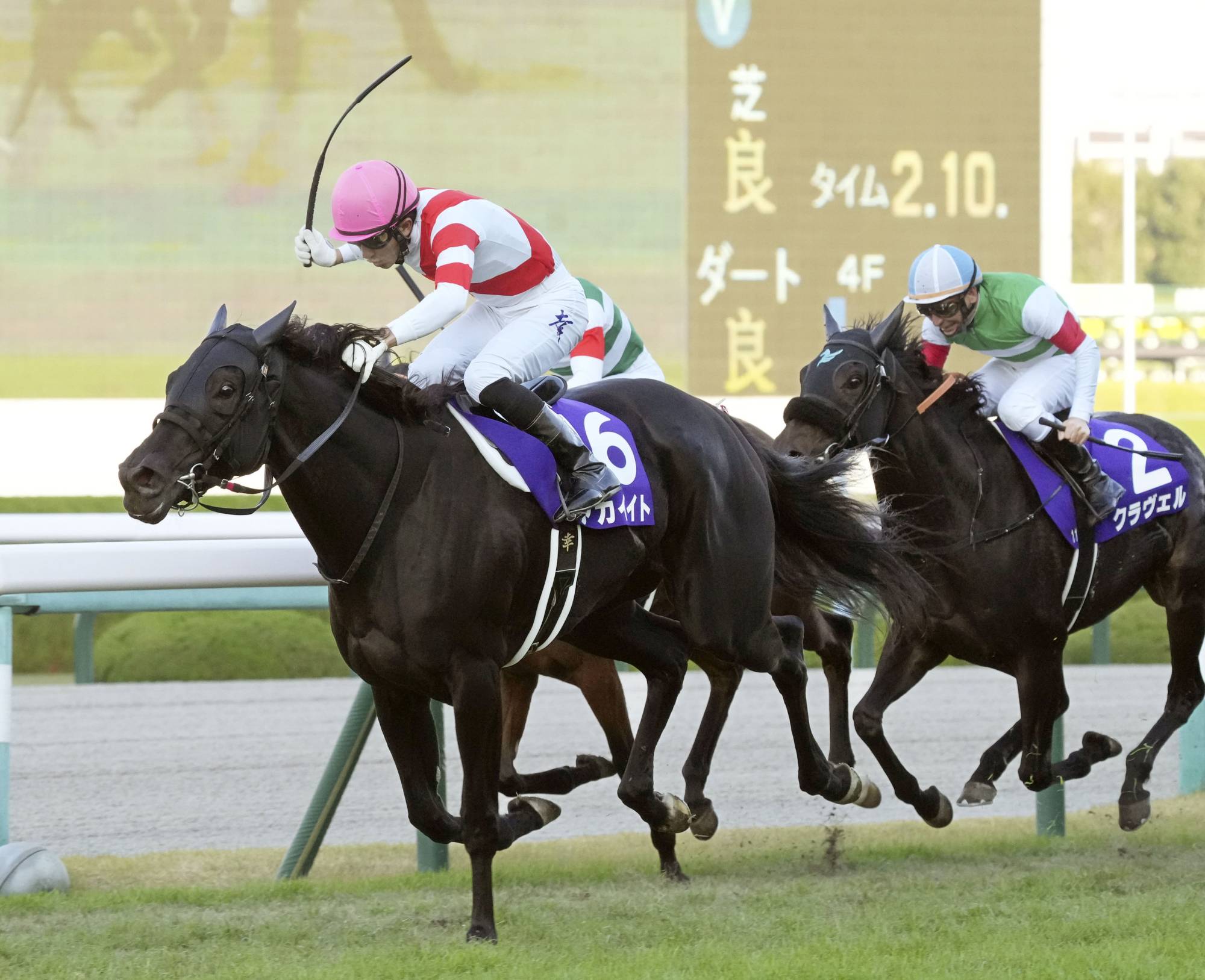
Another race on the day is the Doncaster Cup, a race run in recognition of Doncaster Racecourse, home to the oldest of the British Classic races, the St. Leger.
At the time of this writing, it’s still necessary to book online for general admission tickets and reserved seats, but it’s not possible to go to the racecourse without a prior online booking. This situation may change, and up-to date information is always available on the Japan Racing Association website.
The year’s race will mark the 47th time it has been run, and in many ways, the relationship between horse racing in Japan and Queen Elizabeth II can be summed up by the recent words of JRA President and CEO Masayuki Goto.
“I wish to express my deepest condolences on the passing of Her Majesty Queen Elizabeth II. Her passionate contribution to horse racing is a source of great pride to all involved in the racing industry. In Japan, the Queen Elizabeth II Cup is thought of fondly by Japanese racing fans as an expression of the deep connection between British and Japanese horse racing.”
Place: Hanshin Racecourse
Day: Sunday, Nov. 13
Start time: 3:40 p.m.
Race number: 11
For more information, visit: https://japanracing.jp

Download the PDF of The Queen Elizabeth II Cup



